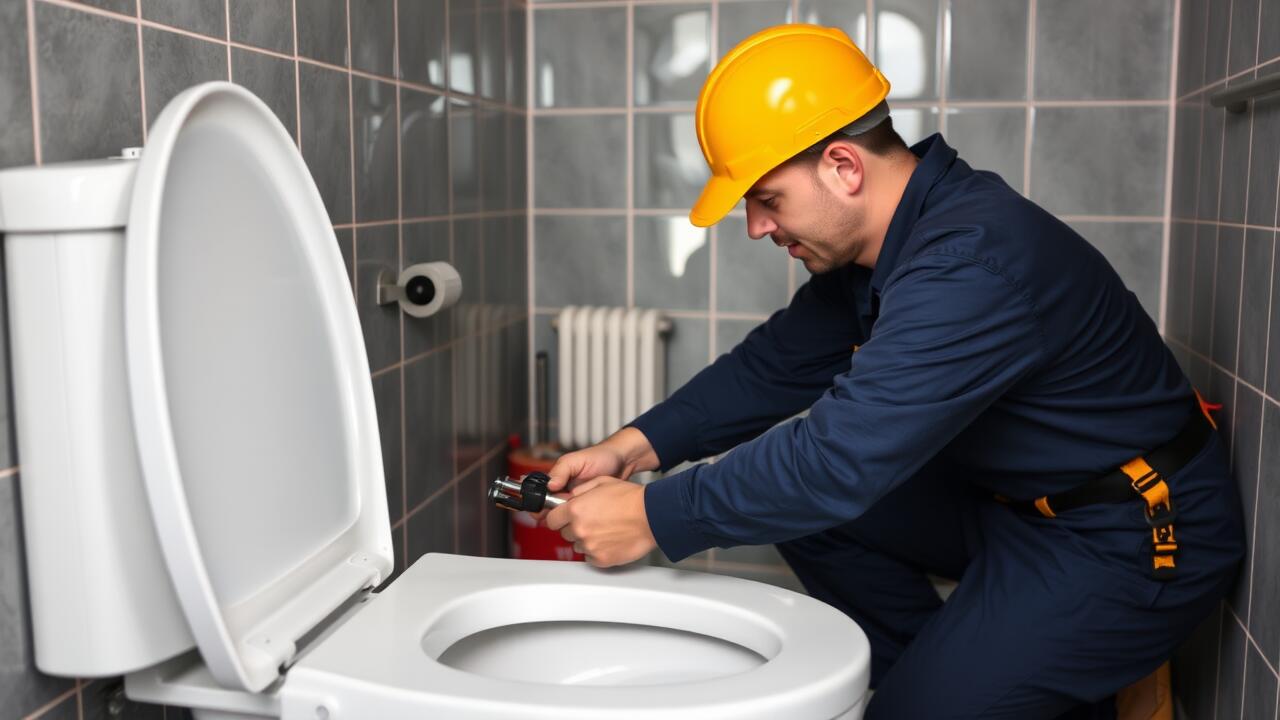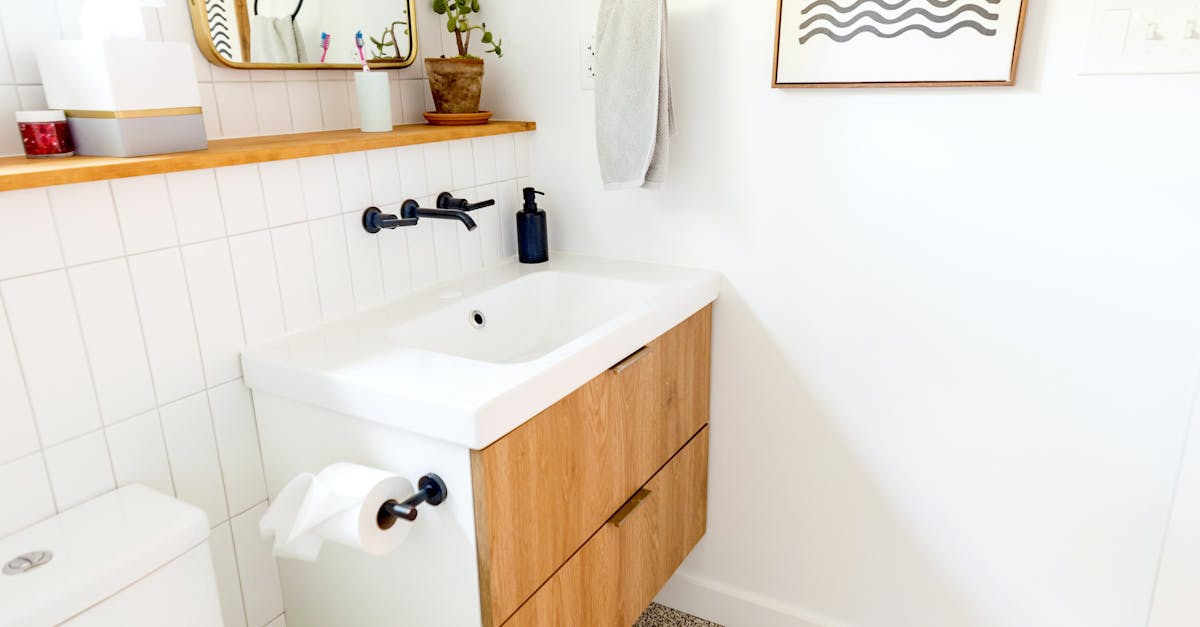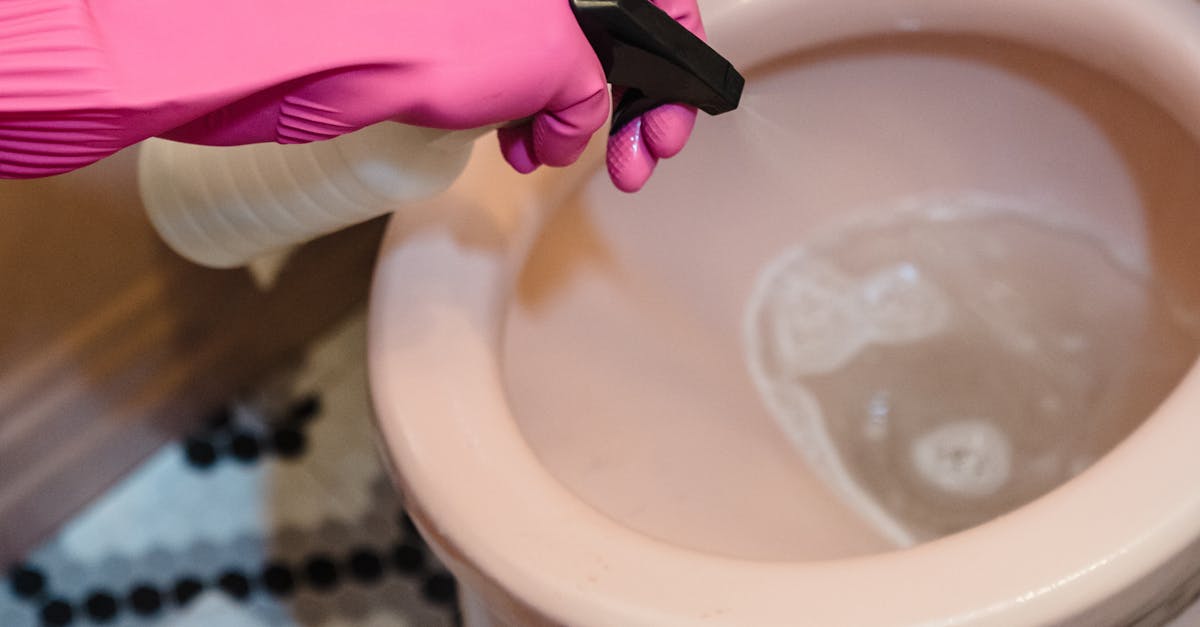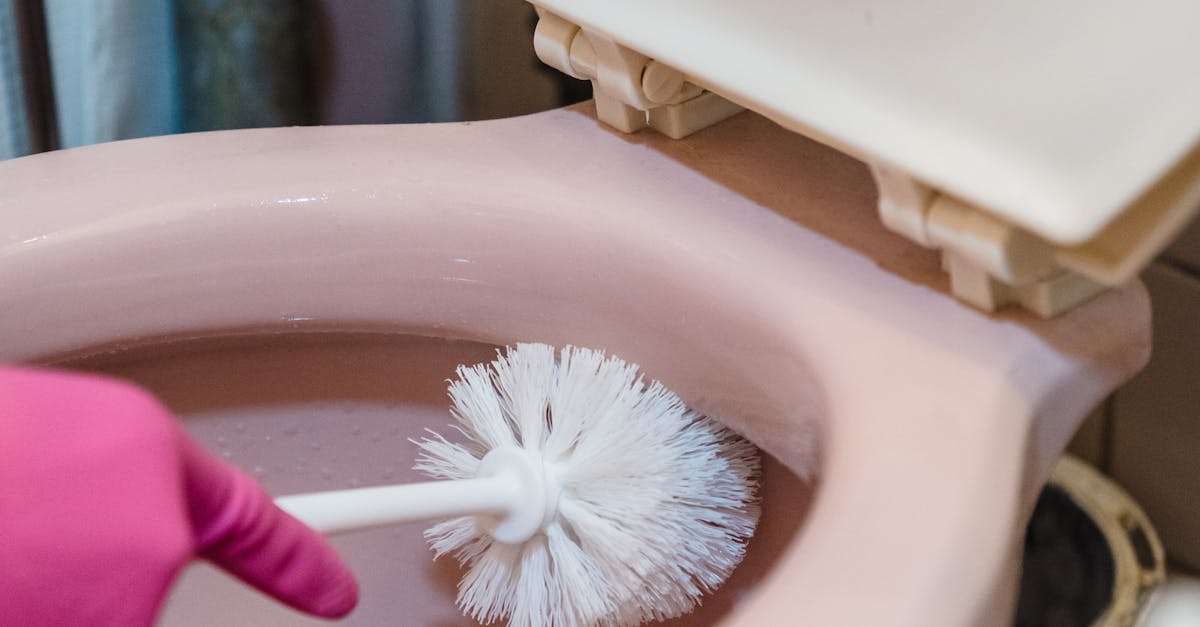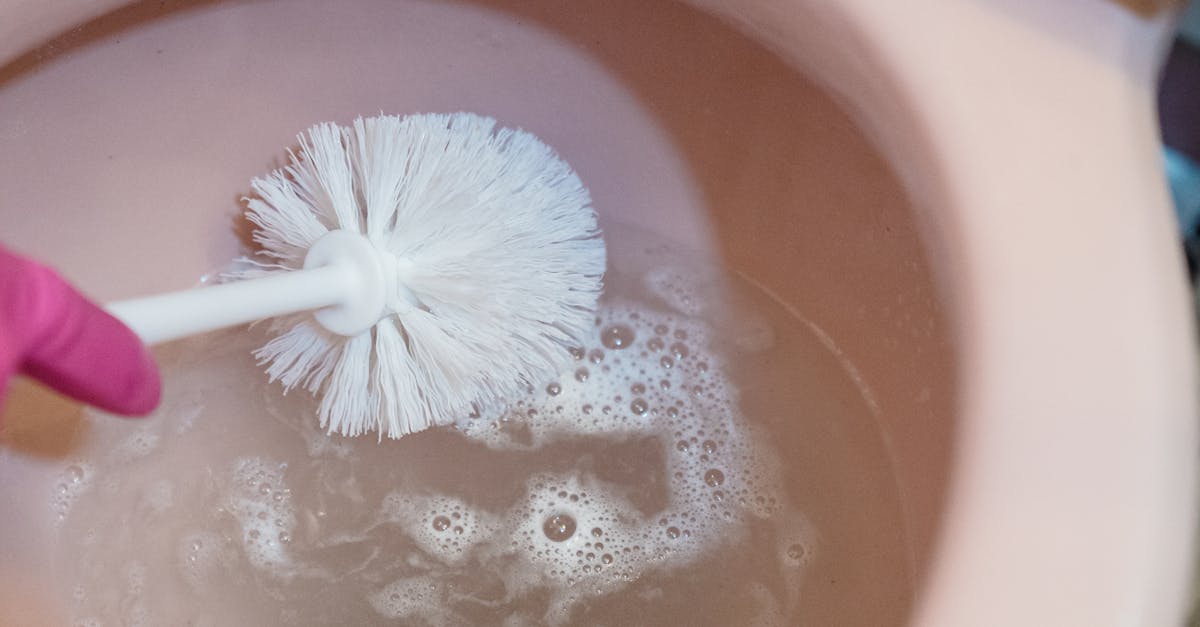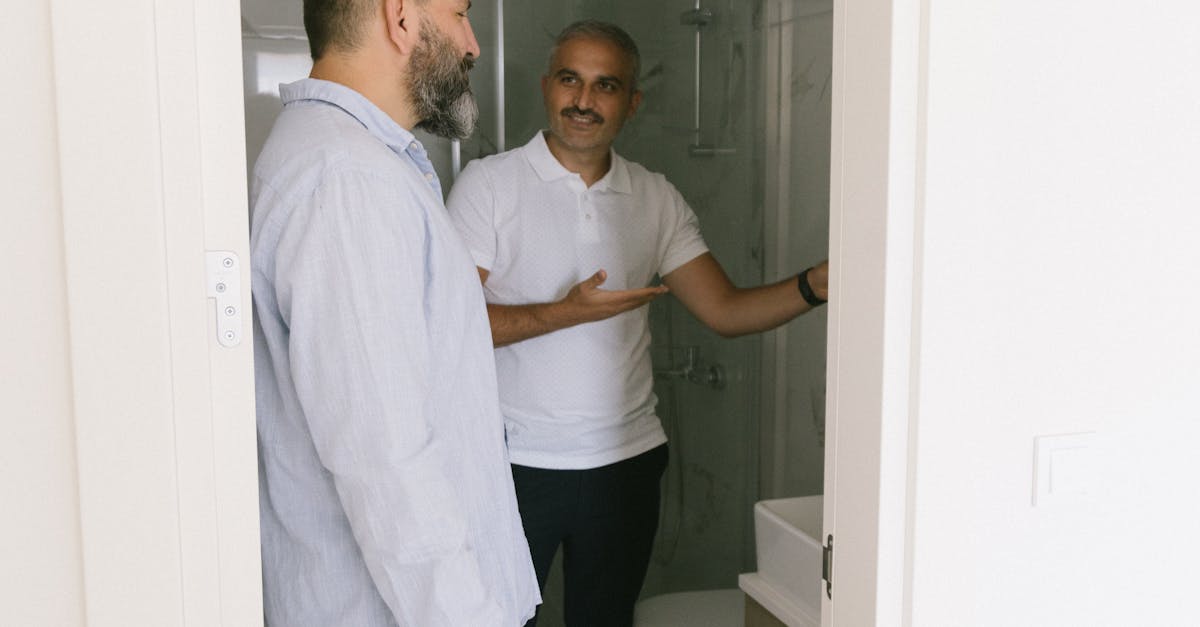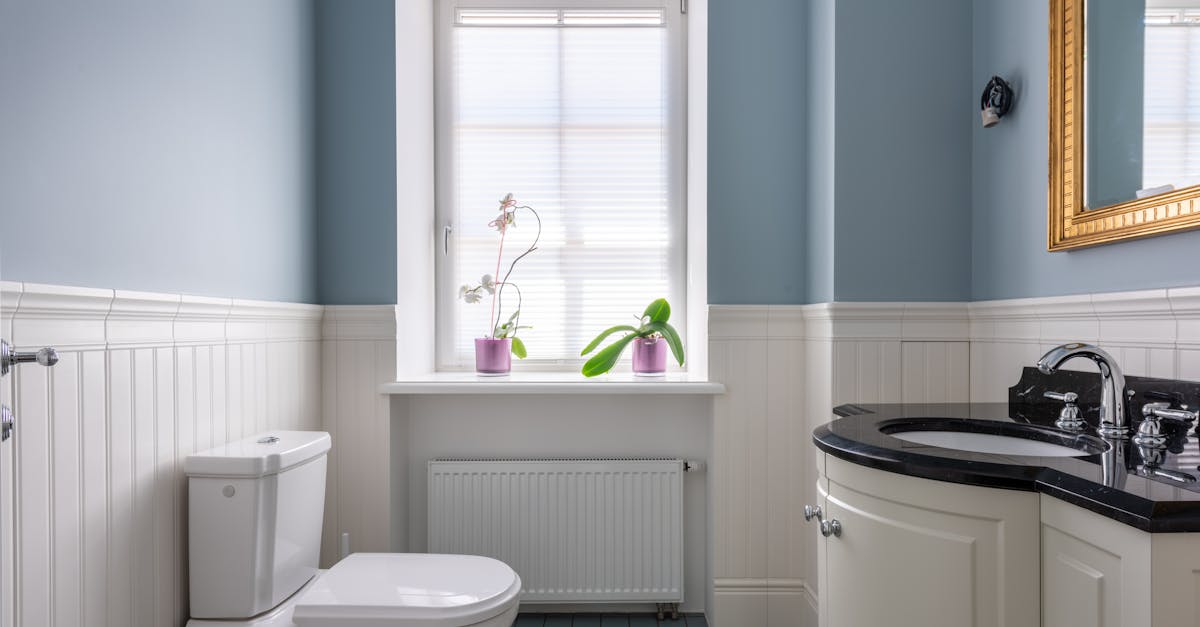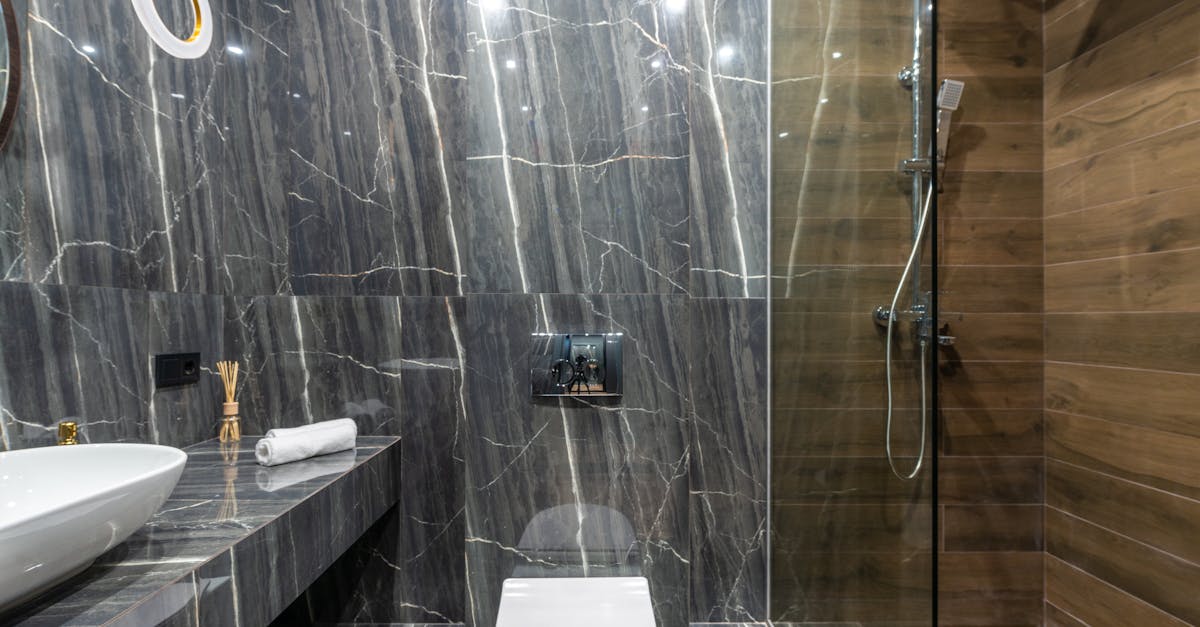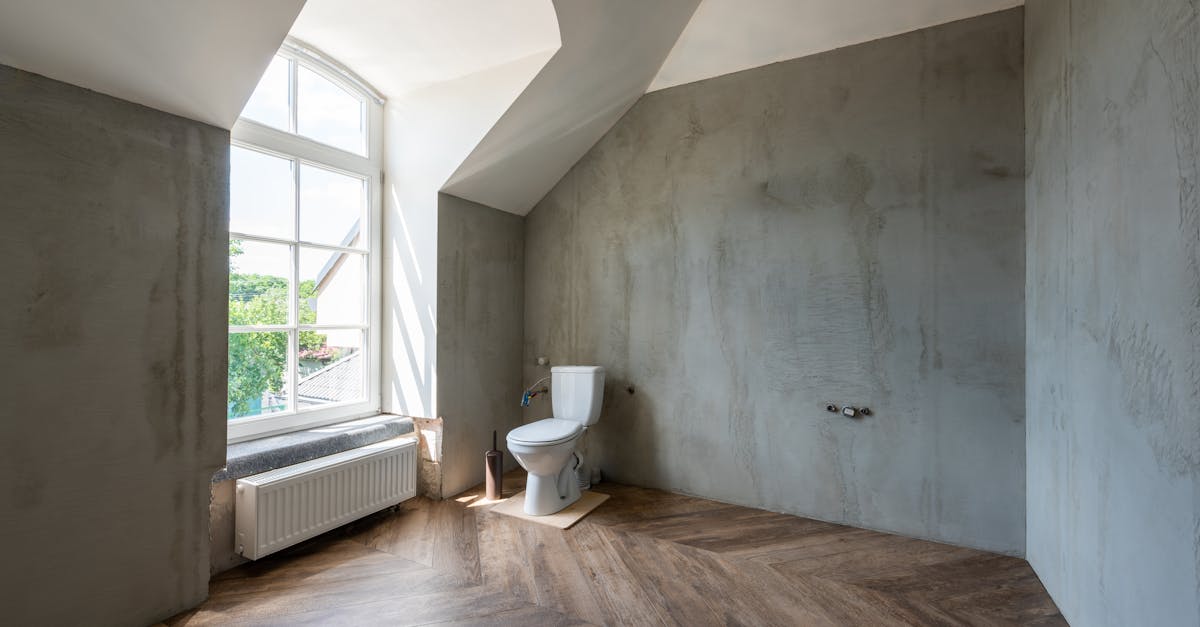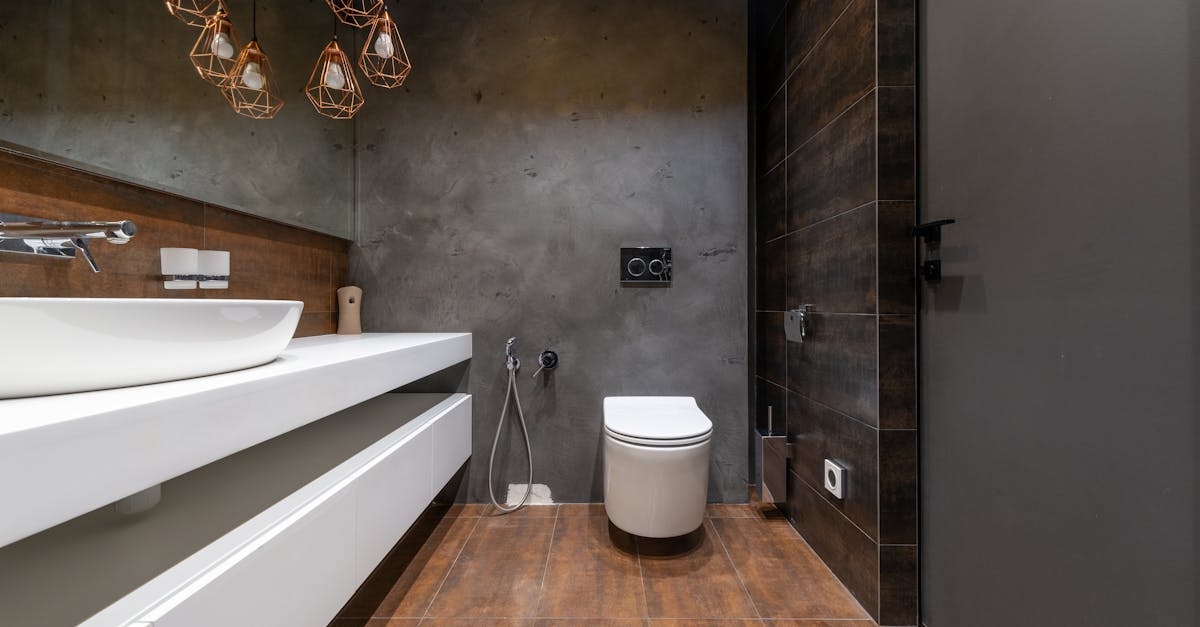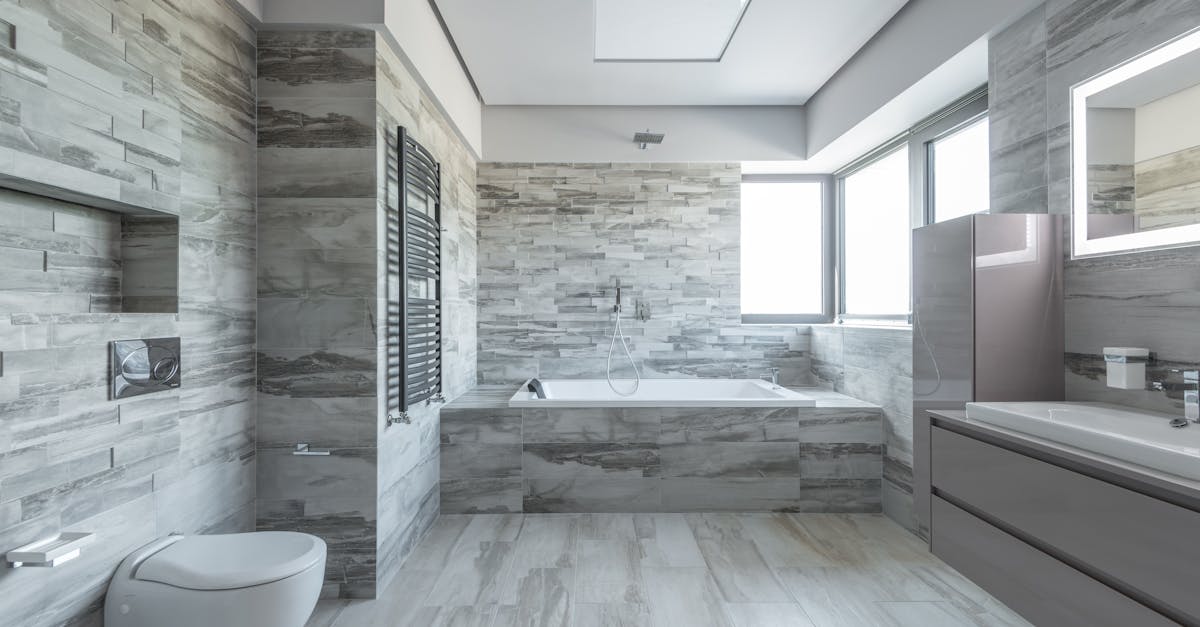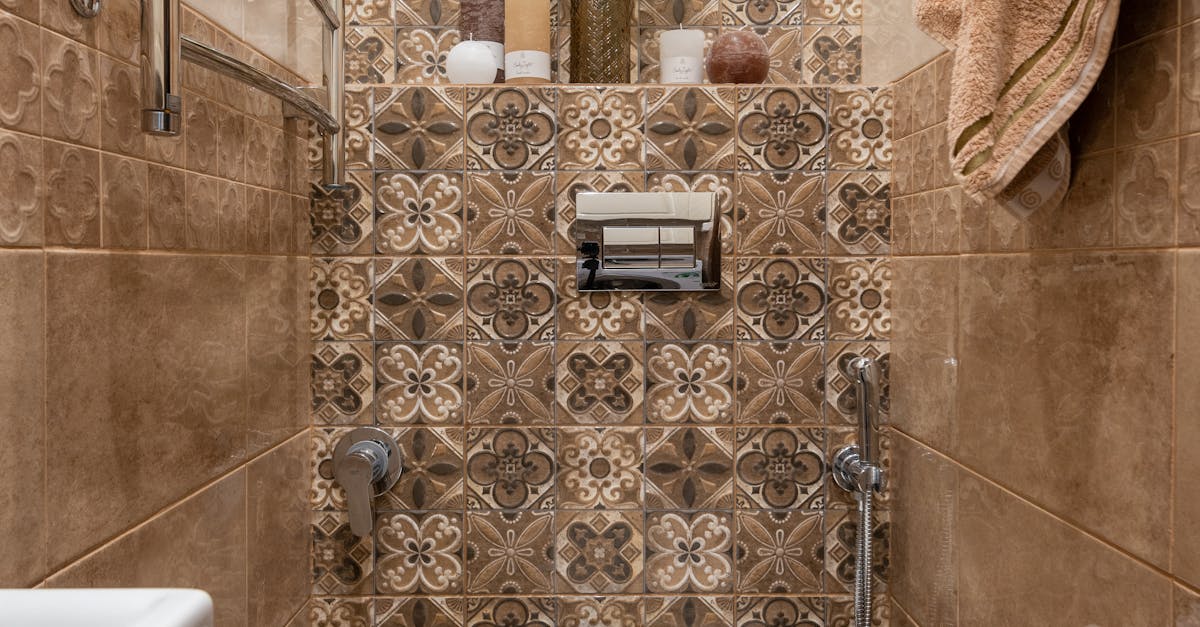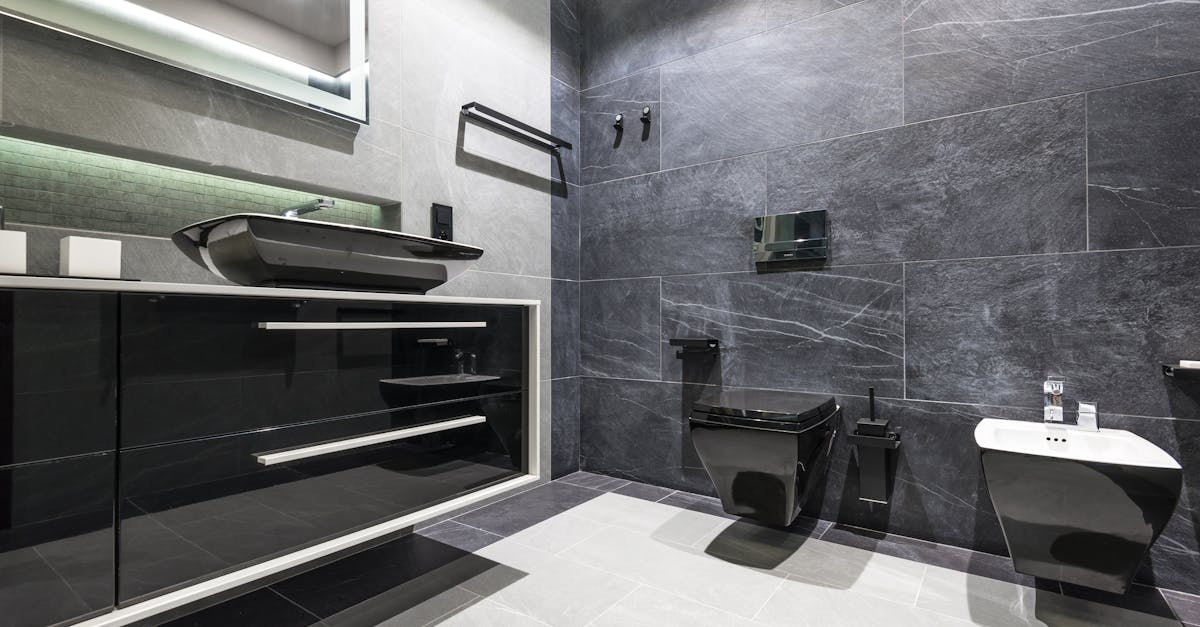
Table Of Contents
Loose Toilet Seats
A loose toilet seat is a common issue that affects many households. Over time, the constant use can cause the bolts securing the seat to become loose, leading to instability. This can be more than just an annoyance; it can also cause discomfort during use and may even lead to damage over time if not addressed. Regularly checking the tightness of your toilet seat is a simple yet effective part of routine toilet repairs.
To rectify a loose toilet seat, you typically need a few basic tools, such as a screwdriver or wrench. Carefully locate the bolts underneath the toilet seat, which often require tightening. In some cases, replacing worn-out bolts may be necessary to ensure a secure fit. Carrying out these straightforward adjustments not only enhances comfort but also prevents further complications that can arise from ongoing toilet repairs.
How to Tighten a Toilet Seat
A loose toilet seat can be quite annoying and is a common issue that often requires simple toilet repairs. To tighten a toilet seat, first, locate the bolts that secure it to the bowl, usually found underneath the seat. Use a flathead screwdriver to hold the screws in place while you turn the nuts clockwise with a wrench or pliers. Be careful not to overtighten, as this can damage the ceramic or plastic components.
After tightening the bolts, ensure the seat functions properly by sitting on it and checking for stability. If the seat remains wobbly, you might want to inspect the bolts and nuts for signs of wear or damage, as these may need replacing. Maintaining a secure toilet seat not only improves comfort but also extends the life of the fixture, ultimately reducing the frequency of toilet repairs needed in the future.
Poor Flushing Performance
Poor flushing performance in a toilet can lead to frustration and increased water usage. Common causes include a blocked rim or insufficient water reaching the bowl. Clogs can be caused by a buildup of debris or mineral deposits, obstructing the flow of water. Knowing how to identify these issues can be crucial as they often require prompt attention to avoid more complex toilet repairs down the line.
In cases of weak flushes, checking the water level in the cistern is essential. Low water levels can significantly impact flushing efficiency, leading to incomplete waste removal. Other factors such as a worn flapper or issues with the flush valve may also contribute to ineffective flushing. Regular maintenance and timely toilet repairs can help prevent these problems from escalating, ensuring that your toilet operates smoothly and efficiently.
Troubleshooting Weak Flushes
Weak flushing can often be attributed to a few common issues that are relatively simple to troubleshoot. A clogged rim or jet holes can restrict water flow, leading to inadequate flushing. Cleaning the rim holes with a small brush or a vinegar solution may help restore proper flow. Additionally, check the toilet flapper and the chain connected to it. A flapper that doesn't fully open or shuts too quickly can prevent the bowl from filling with enough water for an effective flush.
Another factor contributing to poor flushing performance could be low water levels in the tank. This may be adjusted by locating the float ball or adjusting the fill valve. If the water supply valve is partially closed, it may also restrict water flow into the tank. Routine toilet repairs such as these can ensure that the flushing mechanism operates effectively, providing a reliable bathroom experience.
Toilet Water Supply Problems
Toilet water supply problems can arise from various issues, affecting both the function and efficiency of your toilet. Low water pressure can prevent the toilet from filling correctly, leading to inconsistent flushing. This often stems from sediment buildup in the supply line or a partially closed shut-off valve. In some cases, the problem may originate from the municipal supply, necessitating further investigation or assistance from your water provider.
Resolving water supply problems is essential for preventing more significant toilet repairs in the future. Regular maintenance of the supply line, including checking for leaks and ensuring the shut-off valve is fully open, can help mitigate these issues. If you identify persistent low water pressure despite these checks, it may be time to consult a plumber. They can diagnose underlying plumbing issues not easily identified during routine checks.
Resolving Low Water Pressure
Low water pressure can significantly affect the flushing power of a toilet, leading to inconsistent performance. To tackle this issue, start by checking the water supply valve located behind the toilet. Make sure it’s fully open, as even a partially closed valve can restrict the flow. If the valve is functioning correctly, examine the water supply line for any kinks or blockages which might hinder water movement.
Another common cause of low water pressure is the toilet's fill valve, which may need maintenance or replacement. Over time, minerals can build up within the fill valve, obstructing water flow. In this case, you might consider disassembling the valve to clean it or replacing it altogether if necessary. Addressing low water pressure is among the essential toilet repairs that ensure optimal flushing functionality.
FAQS
What is the most common toilet repair?
The most common toilet repair usually involves fixing loose toilet seats or addressing poor flushing performance.
How can I tell if my toilet seat is loose?
You can tell if your toilet seat is loose if it wobbles or feels unstable when you sit on it. A simple check is to gently rock the seat from side to side.
What should I do if my toilet is not flushing properly?
If your toilet is not flushing properly, first check for clogs in the bowl or the trap. You may also need to inspect the flapper, fill valve, and handle to ensure they are functioning correctly.
How can I resolve low water pressure in my toilet?
To resolve low water pressure, check the shutoff valve to ensure it is fully open, inspect the fill valve for blockages, and consider cleaning or replacing any affected components.
Is it necessary to hire a plumber for common toilet repairs?
Many common toilet repairs, such as tightening a seat or unclogging a toilet, can be done by homeowners with basic tools. However, if you encounter more complicated issues, it may be wise to hire a plumber.
